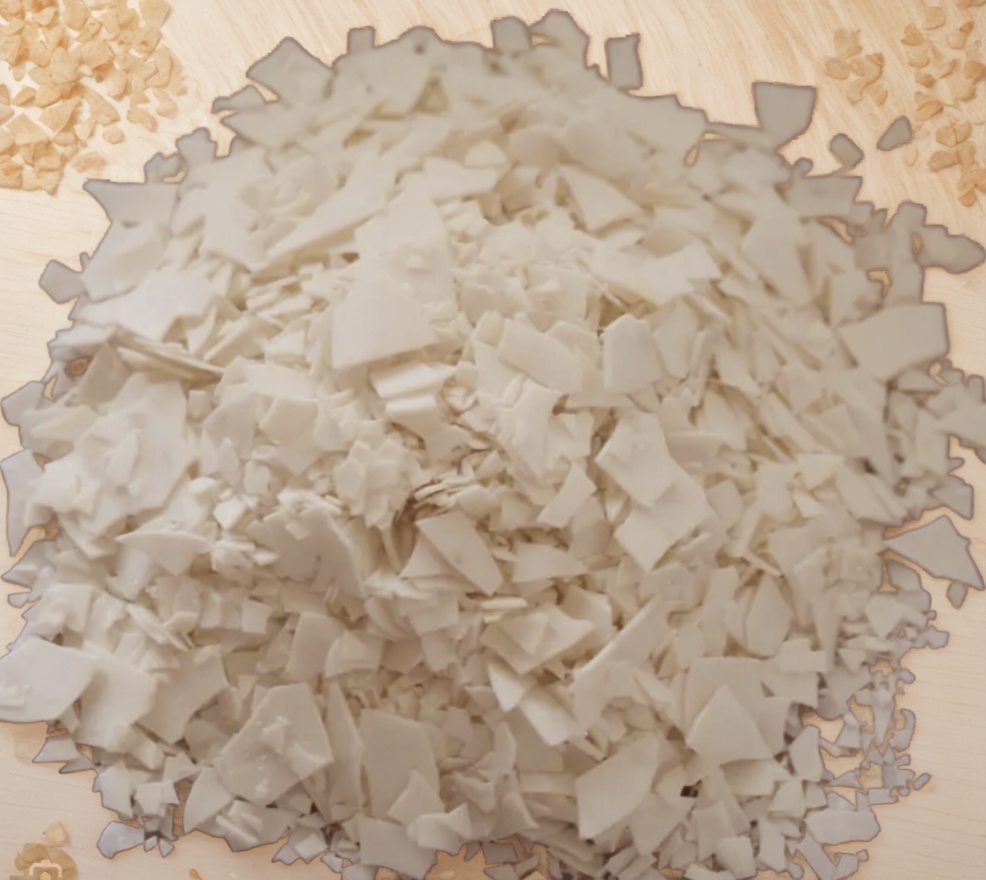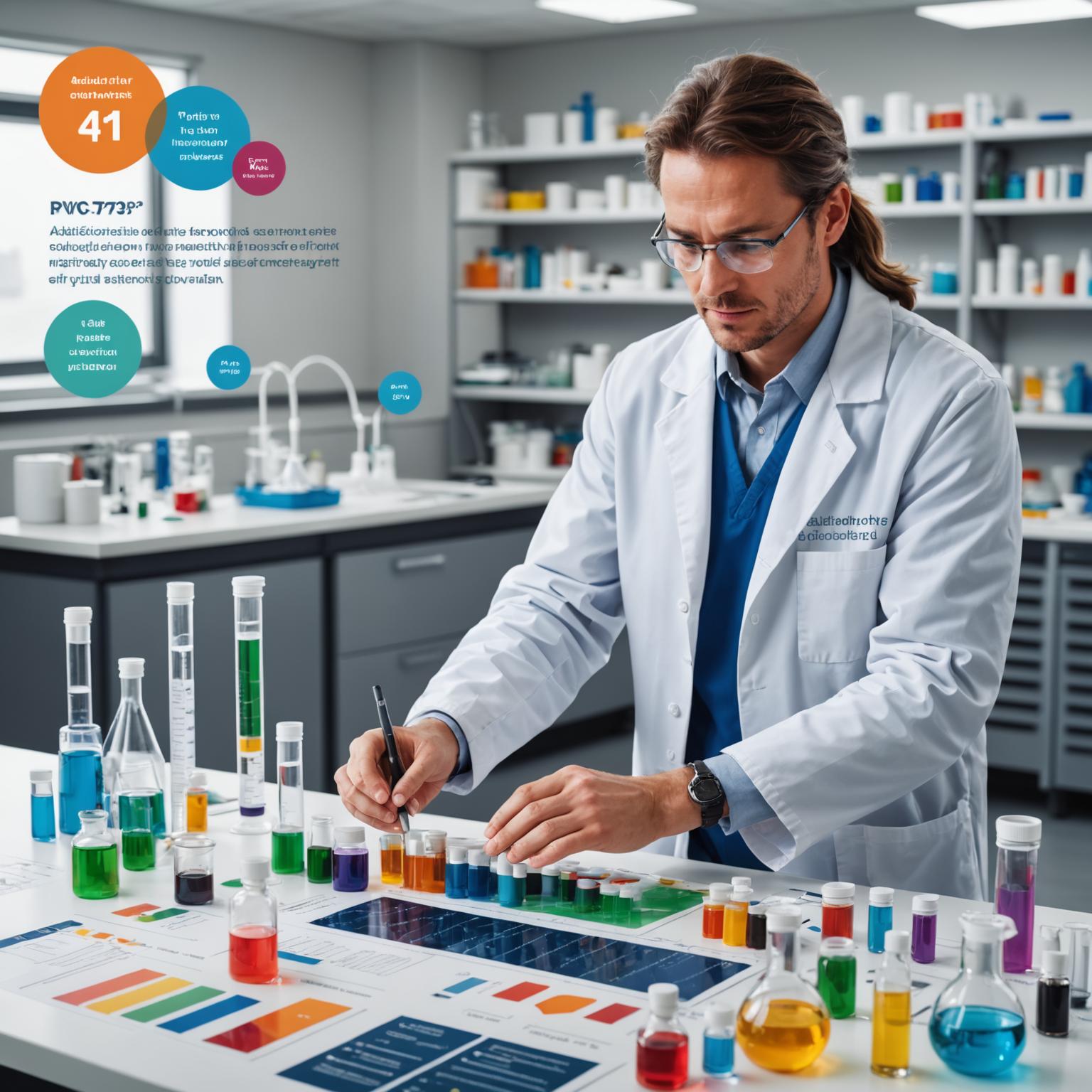The Unsung Hero of Modern Materials: The PVC Stabilizer
Polyvinyl chloride, or PVC, is one of the most versatile and widely used polymers in the world. From the pipes that deliver clean water to our homes to the durable window frames that protect us from the elements, PVC is a constant, yet often unnoticed, presence in our daily lives. However, this remarkable material has an inherent vulnerability: it is susceptible to degradation from heat and ultraviolet light during processing and throughout its service life. This is where the crucial role of a high-quality pvc stabilizer comes into play. Without these essential additives, the PVC we rely on would be brittle, discolored, and ultimately unusable, failing to deliver the performance and longevity we expect. They are the silent guardians that unlock the full potential of this ubiquitous plastic.

Understanding the Science of Protection
So, what exactly is a PVC stabilizer? At its core, it is a chemical additive blended into the PVC resin to prevent its thermal and photo-degradation. When PVC is heated, as it must be during molding or extrusion, it can begin a self-catalyzing degradation process that releases hydrochloric acid (HCl). This released HCl then accelerates further degradation, creating a vicious cycle that compromises the material’s structural integrity, appearance, and physical properties. A pvc stabilizer works by neutralizing this released HCl, interrupting the degradation cycle before it can spiral out of control. Furthermore, some stabilizers offer protection against the damaging effects of UV radiation from sunlight, preventing the material from becoming yellow, chalky, and weak over time. They are, in essence, a microscopic shield, preserving the polymer’s intended color, strength, and flexibility for years to come.
A Spectrum of Solutions: Types of Stabilizers
The world of PVC stabilizers is diverse, with different chemical families offering unique profiles of performance, cost, and environmental impact. Historically, lead-based stabilizers were dominant due to their excellent heat stability and low cost. They created a dense, impenetrable shield around the PVC molecule. However, due to environmental and health concerns, their use has been significantly restricted in many parts of the world. This has paved the way for a new generation of solutions.
Mixed-metal stabilizers, particularly Calcium-Zinc (Ca-Zn) systems, have emerged as a leading eco-friendly alternative. Imagine a synergistic team of metals working in concert; the calcium component acts as a powerful HCl scavenger, while the zinc provides early color stability. These systems can be fine-tuned with co-stabilizers and organic components to match the performance of their predecessors, making them ideal for a vast range of applications, from rigid pipes and profiles to flexible films and flooring. Tin stabilizers, especially organotin compounds, are prized for their exceptional clarity and heat stability, making them the go-to choice for crystal-clear applications like transparent packaging films and bottles, where pristine appearance is paramount. The descriptive nature of their function is like a clear, unbreakable glass, allowing the product’s true nature to shine through without haze or discoloration.
Selecting the Perfect Partner for Your Polymer
Choosing the right stabilizer is a critical decision that impacts everything from manufacturing efficiency to the final product’s quality and compliance. The selection process is a careful balance of several factors. The first consideration is the end application. A rigid, outdoor construction profile exposed to harsh sunlight requires a different stabilization package than a flexible, indoor medical tube. Processing conditions are also vital; the high temperatures of rigid extrusion demand a more robust heat stabilizer than the lower temperatures used for calendering flexible films.
Furthermore, the regulatory landscape is a non-negotiable aspect. Navigating global standards for heavy metals and volatile organic compounds is essential, and choosing a compliant stabilizer from the outset saves time, money, and legal headaches. This is where working with experienced pvc stabilizer suppliers becomes invaluable. A knowledgeable supplier doesn’t just sell a product; they provide a solution, offering the technical expertise to help you select the optimal pvc stabilizer system for your specific needs, ensuring both peak performance and regulatory peace of mind.
The Hallmark of a Great Supplier
When sourcing these critical components, it is essential to look beyond the product itself and evaluate the provider. The best pvc stabilizer suppliers are distinguished by their unwavering commitment to quality and consistency. They implement rigorous quality control measures to ensure that every batch of stabilizer performs identically to the last, eliminating costly variations in your production process. They act as partners, offering comprehensive technical support to help troubleshoot issues and optimize formulations. A truly great supplier also demonstrates a forward-thinking approach, investing in research and development to create new, more effective, and sustainable stabilization technologies. They understand the market’s trajectory, helping their clients stay ahead of regulatory curves and consumer demands for greener products.
A Commitment to Excellence Across the Board
A company’s dedication to quality is rarely confined to a single product line. It is a philosophy that permeates every aspect of its operations. This commitment to superior performance and reliability is a hallmark of a trustworthy chemical partner. For instance, a supplier that provides top-tier stabilizers often applies the same meticulous standards to their entire portfolio. Consider a product like high-purity Caustic Soda Flakes. A focus on quality in this area would manifest as pristine, brilliantly white flakes encapsulating sophistication and high performance. A purity level of up to 99% would ensure maximum efficiency for a multitude of industrial applications, from textiles to paper manufacturing. This attention to detail extends to the physical form—each flake developed to be free-flowing and stable, minimizing dust and ensuring a safer workplace. Ready dissolution in water to produce a high-quality solution speaks to its premium nature. When a company produces such a product with sustainability in mind, using advanced techniques to minimize waste and energy consumption, it signals a deeper commitment to a greener earth initiative. This dedication to quality, safety, and sustainability in one product area is often a reliable indicator of the excellence you can expect from their entire range, including their specialized PVC stabilizers.
Conclusion: Building a Foundation for Success
In the complex world of polymer science, the pvc stabilizer is a small but mighty component that makes modern life possible. It protects, preserves, and ensures that PVC products can perform their intended functions safely and reliably over their entire lifespan. Selecting the right stabilizer and partnering with a supplier who is as committed to quality as you are is fundamental to success. By choosing a partner who offers not just superior products but also technical expertise and a shared vision for quality and sustainability, you build a stronger, more resilient foundation for your own products and your company’s future.

